- The National Flag symbolize our Independence Day!! The Red, White and Blue represent "Unity" of our Nation. The design selected by the Committee is a royal blue flag with one horizontal red stripe at the top, one at the bottom, and a white circle with the Coat of Arms in the centre.
The
shield of the Coat of Arms is divided into three sections by a vertical
line and an inverted V. The base section represents a ship in full sail
on waves of the sea. The two upper sections show tools of the timber
industry in Belize: a paddle and a squaring axe in the right section and
a saw Supporting the shield are two woodcutters, the one on the right
holding a beating axe over his shoulder in his right hand, and the one
on the left holding a paddle over his shoulder in his left hand. Above
the shield rises a mahogany tree. Below the shield is the motto scroll. A
wreath of leaves encircles the Coat of Arms. The motto says: "Sub Umbra
Florero", meaning "Under the shade I flourish." The Coat of Arms
embodies an important aspect of the history of Belize, as the mahogany
industry formed the basis of our economy in the 18th and 19th centuries.
The
Keel Billed Toucan (Ramphastos Solfurantus) is the National Bird of
Belize. It is noted for its great, canoe-shaped bill, brightly colored
green, blue, red and orange feathers. The bird is about 20 inches in
overall length. It is mostly black with bright yellow cheeks and chest,
red under the tail and a distinctive white patch at the base of the
tail. Toucans are found in open areas of the country with large trees.
They make a monotonous frog-like croak. Toucans like fruits, and eat by
cutting with the serrated edge of their bills. Toucans nest in holes in
trees, using natural holes or holes made by woodpeckers, often enlarging
the cavity by removing soft, rotten wood. They lay two to four eggs
which are incubated by both parents. The nesting stage lasts from six to
seven weeks.
The
black orchid is the National Flower of Belize. This orchid grows on
trees in damp areas, and flowers nearly all year round. Its clustered
bulblike stems vary in size up to six inches long and carry two or three
leaves. The black orchid flower has greenish-yellow petals and sepals
with purple blotches near the base. The "lip" (one petal of special
construction, which is the flower's showiest) is shaped like a valve of a
clam shell (hence the name Encyclia Cochleatum) and is deep
purple-brown, almost black, with conspicuous radiating purple veins.
The
Tapir or Mountain Cow (Tapirello Bairdii) is the largest land mammal of
the American tropics. The tapir is a stoutly built animal with short
legs, about the size of a donkey and weighs up to 600 pounds. Its
general color is dusty brown with a white fringe around the eyes and
lips, white tipped ears and occasional white patches of fur on the
throat and chest. In spite of its local name, the tapir is not a cow.
It is closely related to the horse and is also kin to the rhinoceros.
The tapir is a vegetarian. It spends much of its time in water or mud
shallows, and is a strong swimmer. The National Animal is protected
under the law thus the hunting of the tapir is illegal.
The
Mahogany Tree (Swietenia Macrophilla) is one of the magnificent giants
of the forest. Rising straight and tall to over a hundred feet from
great buttresses at the roots, it emerges above the canopy of the
surrounding trees with a crown of large, shining green leaves. In the
early months of the year, when the leaves fall and new red-brown growth
appears, the tree can be spotted from a great distance. The tree puts
out a great flush of small whitish flowers - the blossom for dark
fruits, which are pear-shaped capsules about six inches long. When the
fruits mature they split into five valves, freeing large winged seeds
which are carried a protection of the forest floor and germinate to
begin a new life cycle. The mahogany tree matures in 60 to 80 years.
British settlers exploited the forest for mahogany, beginning around the
middle of the 17th century. It was originally exported to the United
Kingdom in the form of squared logs, but shipment now consists mainly of
saw lumber.

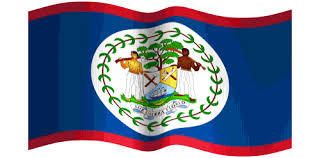
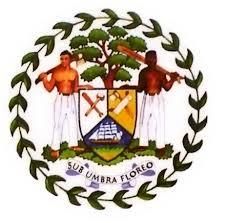
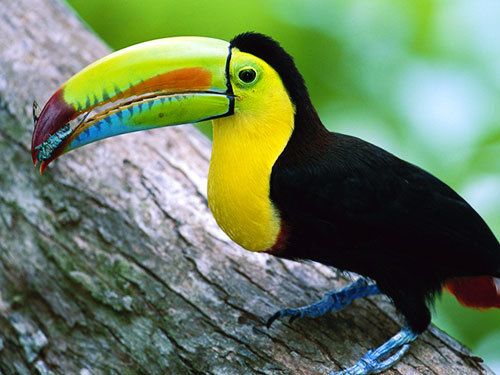
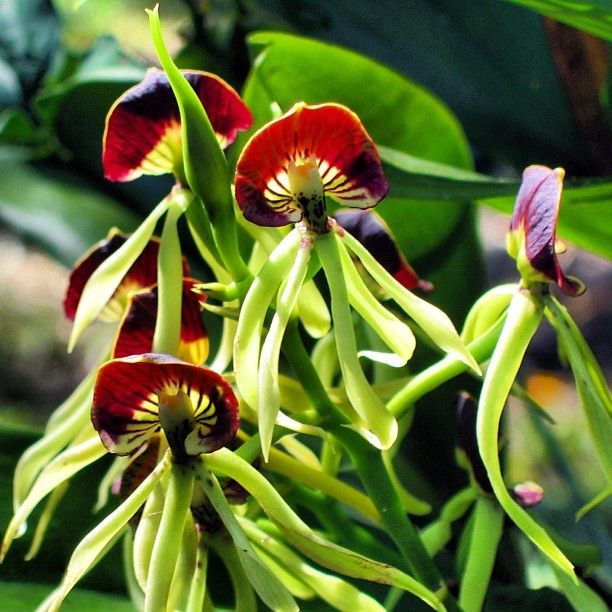
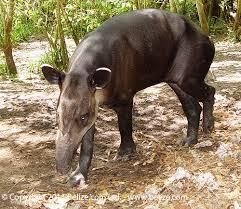
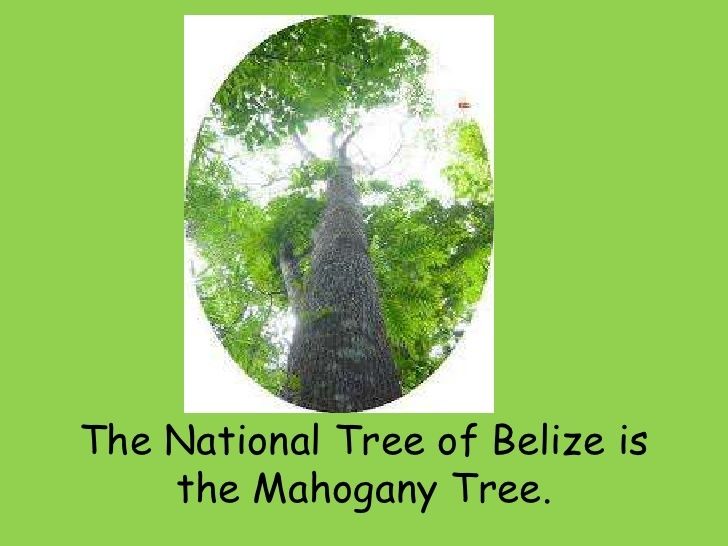
No comments:
Post a Comment